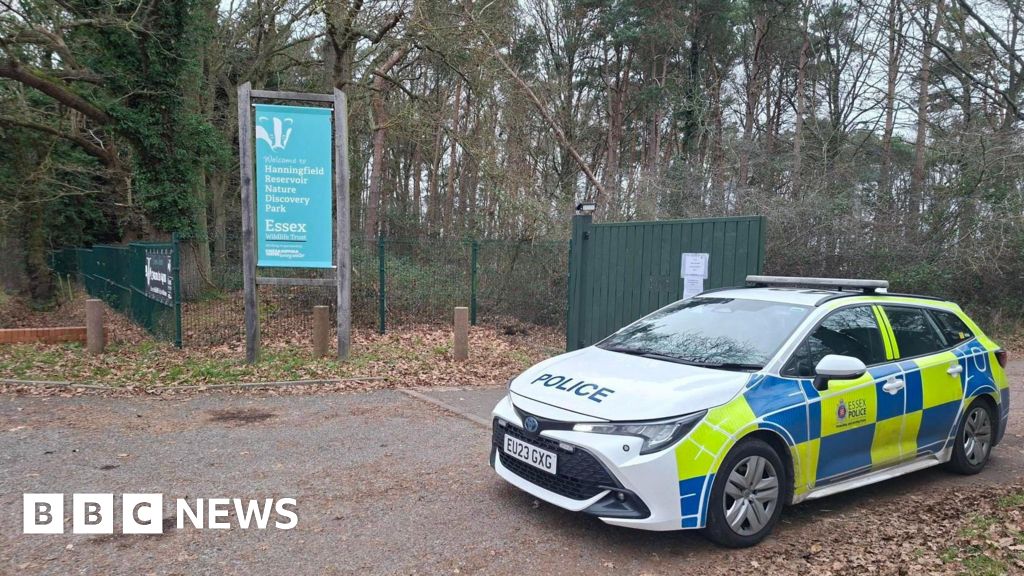Concerns have been raised over regular flooding hitting the Whitesands area of Dumfries. At least 205 flooding incidents have been recorded since 1827, with the River Nith responsible for 80% of cases. The worst flooding to date occurred in December 2019, and a flood protection plan has been proposed, but councillors face a dilemma over rising costs. While drought has been an issue in Scotland recently, locals must now contend with the looming threat of winter storms and their consequences.
Resident Colin James said, “we’ve been flooded three times” since arriving five years ago, with appliances destroyed and instances getting progressively worse each time. Elizabeth Thomson, who has held a Friars Vennel licence for 28 years, said the 2019 flooding incident was “devastating” for the area as prized possessions were washed away. Despite concerns that flooding incidents may become more regular due to climate change, locals will have to “get on with whatever this winter may bring”.
Plans to protect the area from future flooding have been approved; however, the price has escalated from £25m to £37m. Consequently, Dumfries and Galloway councillors must now decide whether to continue or abandon the costly flood protection project. While the concern of the additional cost and loss of parking plan are valid, safety measures in documented flood-prone areas such as Whitesands remain vital to protect residents and their livelihoods.
It is pertinent to note that while Scotland experiences irregular and even lasting water scarcity, flooding can concurrently cause extensive damage to infrastructure, properties, and livelihoods. For authorities, the challenge is to balance preventive measures, cost-effectiveness, and the potential financial risks of natural disasters. In this case, councillors must acknowledge that preventative action to protect against flooding is paramount to ensure the safety and wellbeing of Scotland’s population, including those in high-risk areas such as Whitesands
Read the full article from The BBC here: Read More











